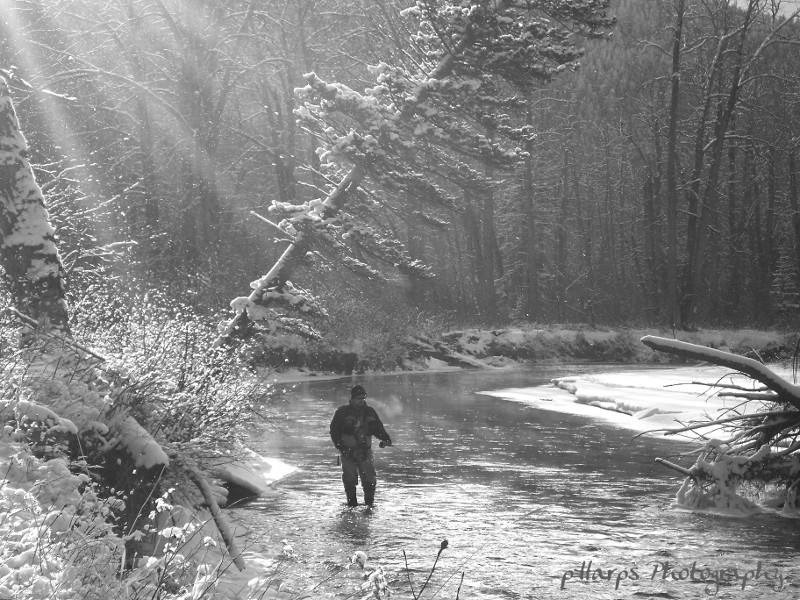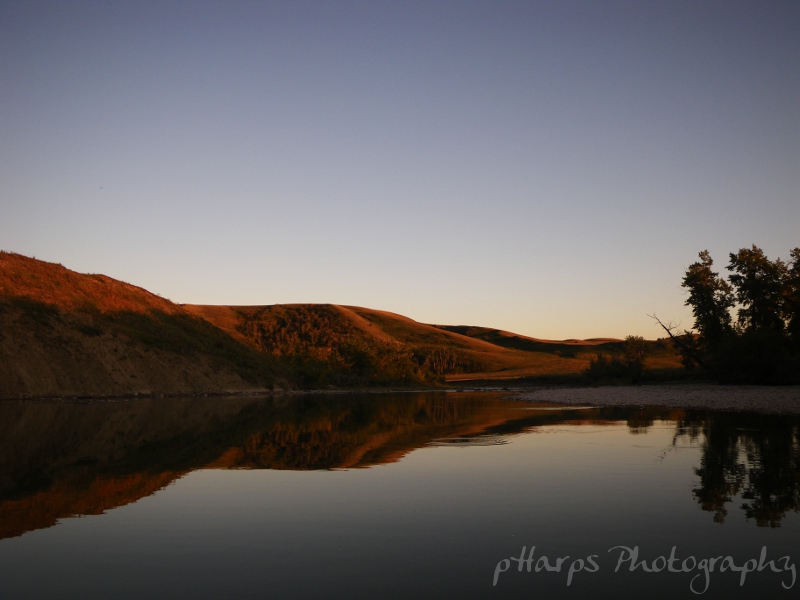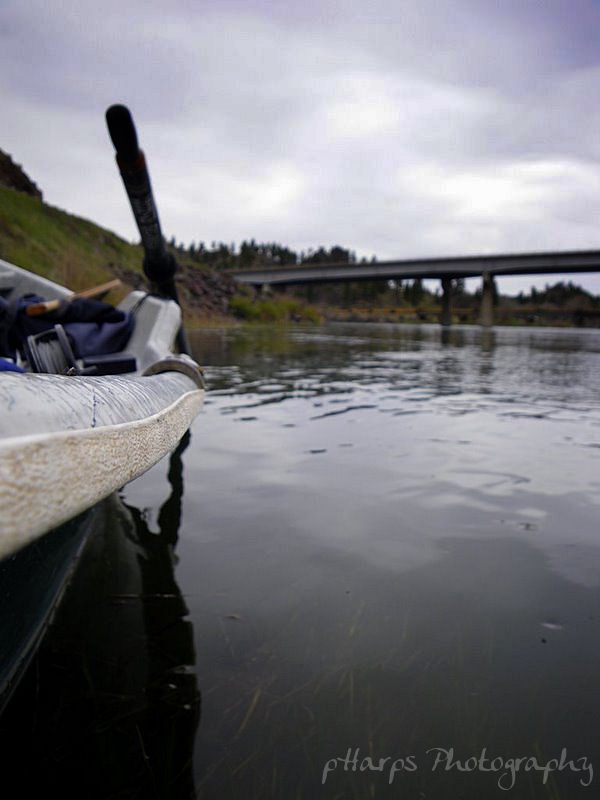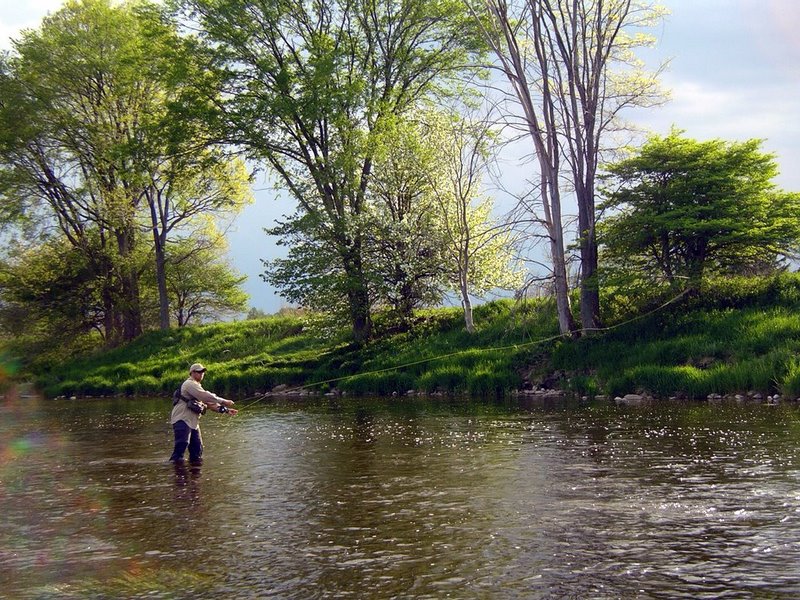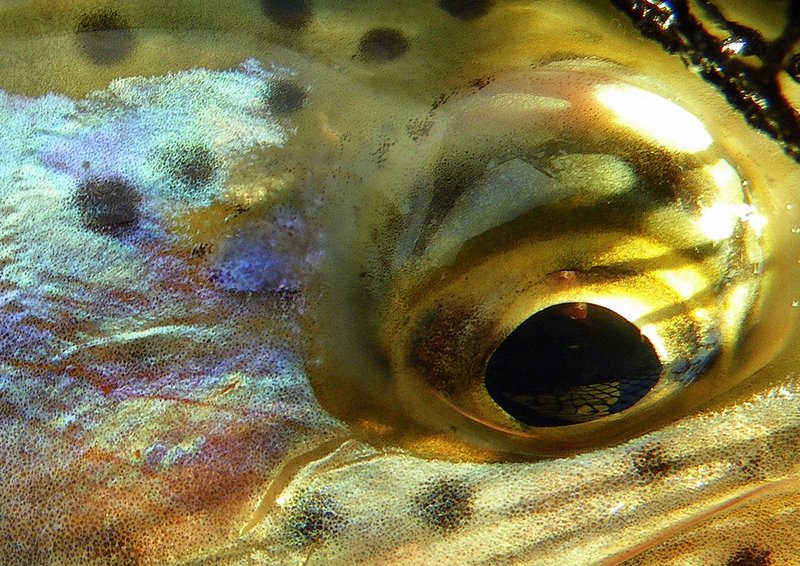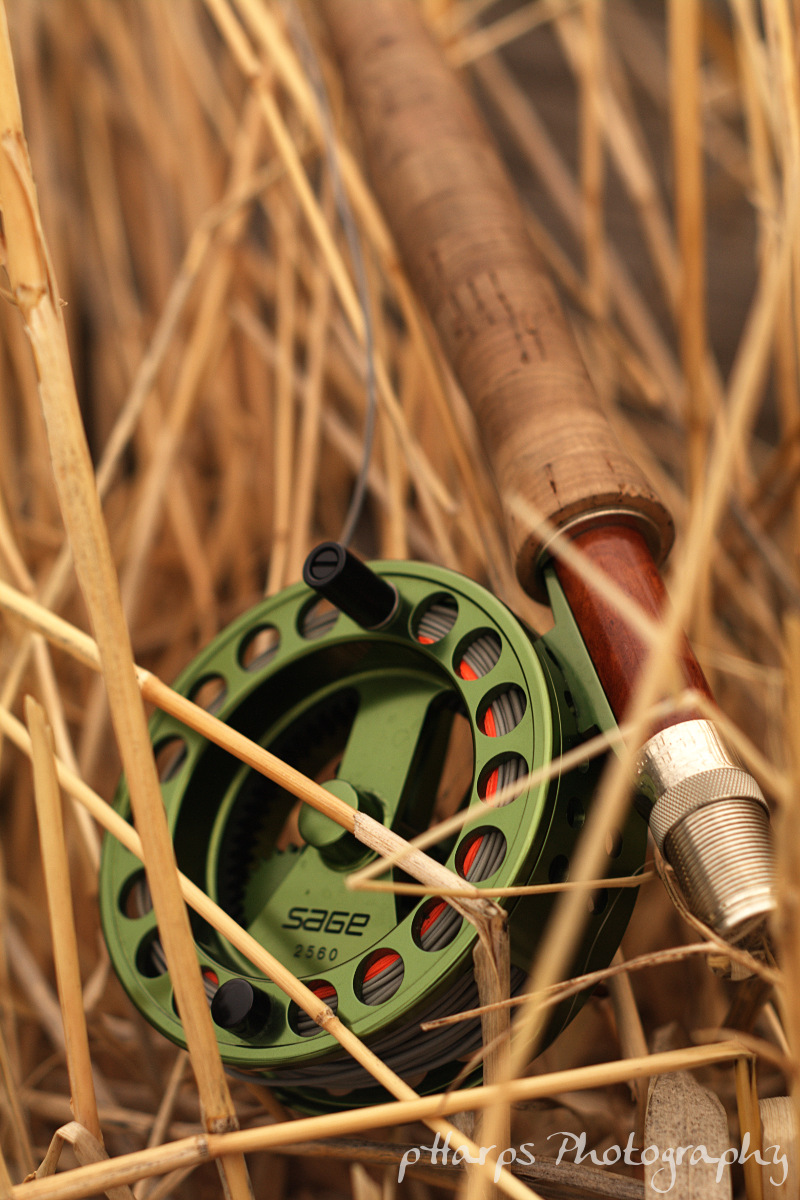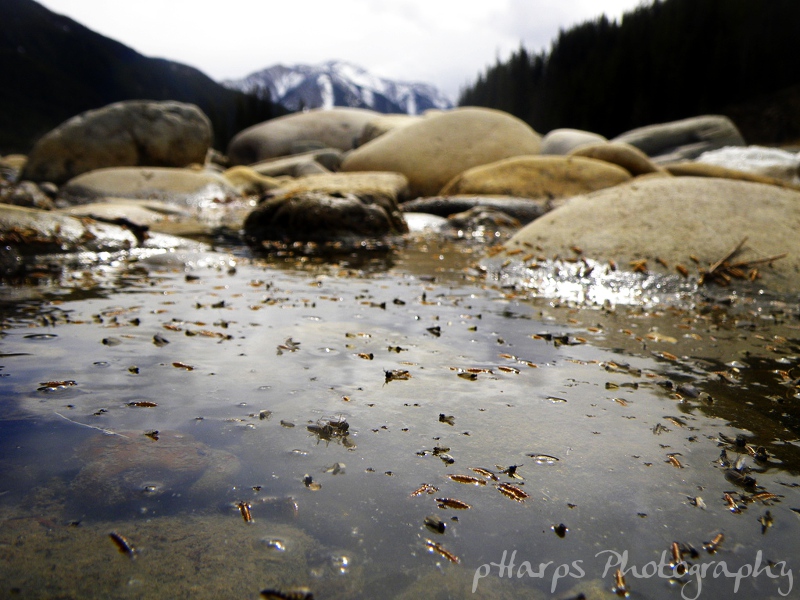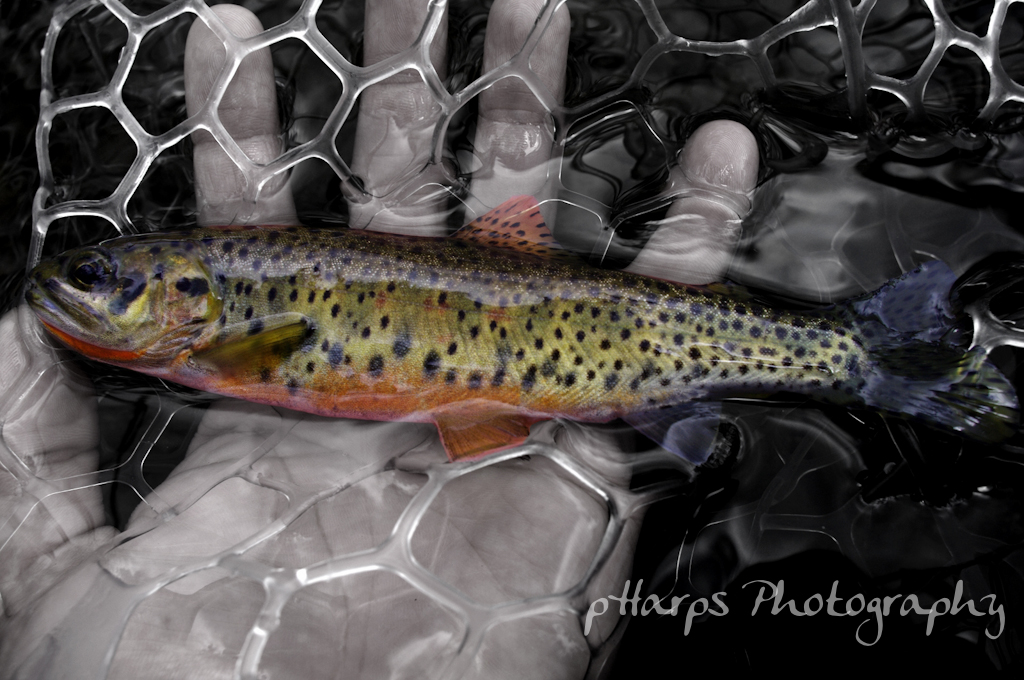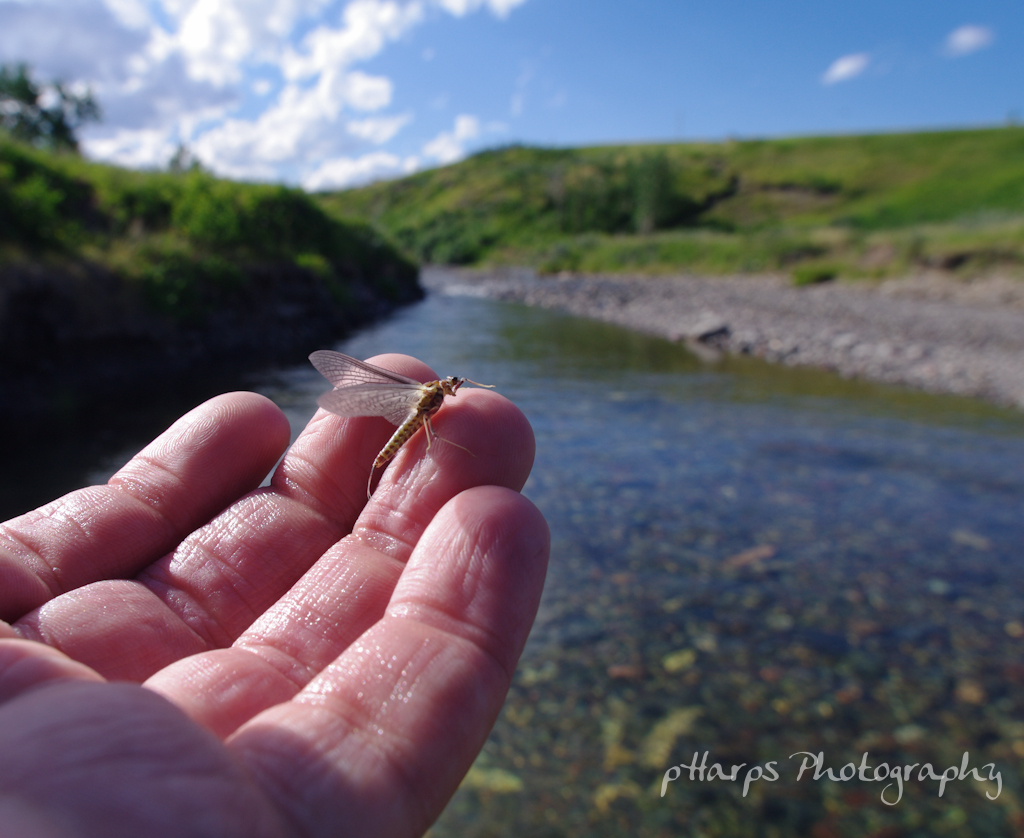Welcome!
This little corner of my site is dedicated to advancing some local knowledge on fishing and ecology.
There is NO EXCUSE for not knowing what you can catch and when you can legally fish.
Fishing Regulations
Alberta
BC (Freshwater)
BC (Saltwater and Tidal)
Saskatchewan
Montana
If you see somebody that is poaching call the Report-A-Poacher hotline at 1-800-643-3800 or go to Report a Poacher.
You will qualify for a reward, even if you wish to remain anonymous.
If you see work in the river that appears to be causing harm to the fishery, you can report it to DFO, here.
or call the Environmental Emergency and Spill line at 1-800-222-6514
There are many opinions out there about what you have to know when you flyfish. The prevalent opinion is that it is a difficult sport and when you start you will be lost until you know the names of all the bugs and sizes and colours of flies that you need to imitate them.
I don't think that is quite true. Knowing the bugs does help, because you can learn what food items are available to trout, when they are available to trout, and how those food items may act. The art of imitating the prey isn't matching the exact bug, it is imitating life itself. Movement in the fly, presentation of the fly, size, these must look right to the fish.
You can probably fish for trout around the world with just a few patterns in various sizes and be quite successful. But what's the fun in that? While trout aren't "Selective" like most angler's credit them (come on the've got walnut sized brains), they can be picky when it comes to selecting food items. That pickyness is a mixture of getting the best food for the least energy and recognizing something as food. That leads to flies that have "triggers", features that indicate it is worth eating, such as a swimming movement, a light halo, gills, wing, legs, etc. These are the features that flies imitate.
Cheers,
Harps
© pHarps Photography
